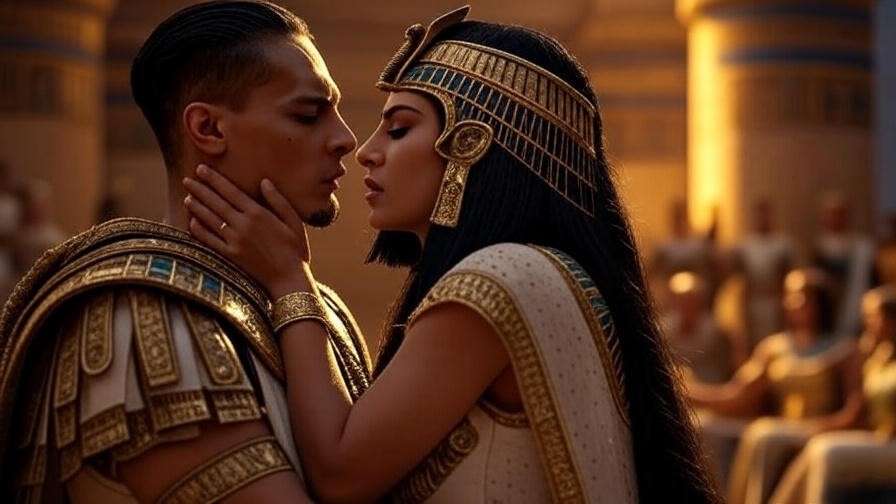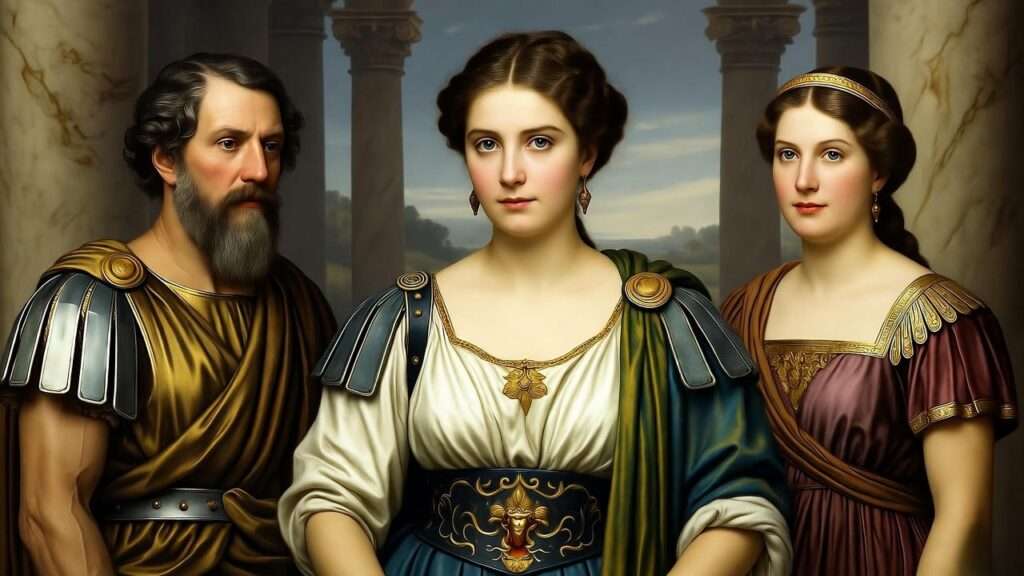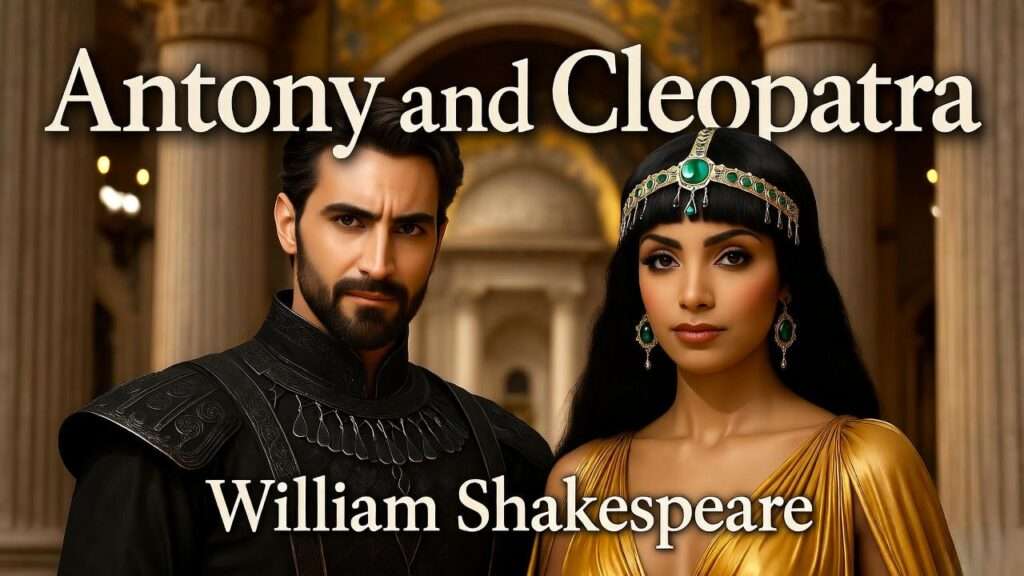Picture a stage awash in golden light, where the sultry voice of Cleopatra entwines with soaring orchestral strains, pulling you into a world of love and betrayal. Samuel Barber’s Antony and Cleopatra opera, a musical adaptation of Shakespeare’s timeless tragedy, transforms the bard’s poetic masterpiece into a visceral, emotional experience that resonates with modern audiences. This article dives deep into the Antony and Cleopatra opera, exploring how it captures the passion, power, and tragedy of Shakespeare’s iconic lovers. As a Shakespeare scholar and opera enthusiast, I’ll guide you through its creation, themes, and enduring legacy, offering insights for both newcomers and seasoned fans. Whether you’re curious about how Barber’s music amplifies Shakespeare’s words or seeking to understand this opera’s cultural significance, this exploration will illuminate why it remains a must-see masterpiece.
The Genesis of the Antony and Cleopatra Opera
Samuel Barber and the Commission
Samuel Barber, one of America’s most celebrated composers, was no stranger to crafting works that blend lyrical beauty with emotional depth. Known for pieces like Adagio for Strings, Barber was commissioned by the Metropolitan Opera to create Antony and Cleopatra for the grand opening of its new Lincoln Center home in 1966. This was a monumental task, as the opera needed to match the grandeur of the occasion while tackling one of Shakespeare’s most complex tragedies. Barber collaborated with famed director Franco Zeffirelli, whose vision for lavish sets and dramatic staging aimed to bring ancient Egypt and Rome to life. The commission was not just a musical endeavor but a cultural milestone, marking a bold attempt to fuse American opera with Shakespeare’s universal storytelling.
Shakespeare’s Influence on the Libretto
Adapting Antony and Cleopatra, a play known for its dense language and sprawling narrative, into an operatic libretto was no small feat. Barber and Zeffirelli worked meticulously to preserve Shakespeare’s poetic essence while making the text singable. They retained iconic lines, such as Cleopatra’s “Give me my robe, put on my crown,” while condensing subplots to focus on the central love story and political intrigue. This process required balancing fidelity to Shakespeare with the demands of operatic pacing. According to Shakespearean scholar James Shapiro, the libretto’s success lies in its ability to distill the play’s emotional core without sacrificing its complexity, making it accessible yet profound for opera audiences.
Themes of Love and Power in the Antony and Cleopatra Opera
The Duality of Passion and Politics
At the heart of the Antony and Cleopatra opera lies the tension between personal passion and political ambition. Antony, a Roman general, and Cleopatra, Egypt’s enigmatic queen, are torn between their all-consuming love and the power struggles that define their world. Barber’s score amplifies this duality, using lush, romantic melodies for their intimate moments and jagged, militaristic motifs for scenes of conflict, like the Battle of Actium. For example, Cleopatra’s aria in Act III, where she prepares for death, is a masterclass in vocal storytelling, blending regal defiance with heartbreaking vulnerability. This interplay mirrors Shakespeare’s text, where love and duty collide with devastating consequences.
Tragedy and Human Complexity
Shakespeare’s Antony and Cleopatra is renowned for its portrayal of flawed, multifaceted characters, and Barber’s opera leans into this complexity. Antony’s hubris and Cleopatra’s impulsiveness are not just plot devices but deeply human traits that Barber underscores through music. In Antony’s lament after his defeat, the orchestra’s somber tones reflect his inner turmoil, echoing Shakespeare’s depiction of a man undone by his divided loyalties. The opera also highlights Cleopatra’s transformation from a manipulative seductress to a tragic figure embracing her fate, particularly in her final aria. For readers eager to dive deeper, comparing Barber’s musical characterization in Act IV, Scene 15, with Shakespeare’s text reveals how both mediums capture the characters’ humanity.
Musical Innovation and Emotional Depth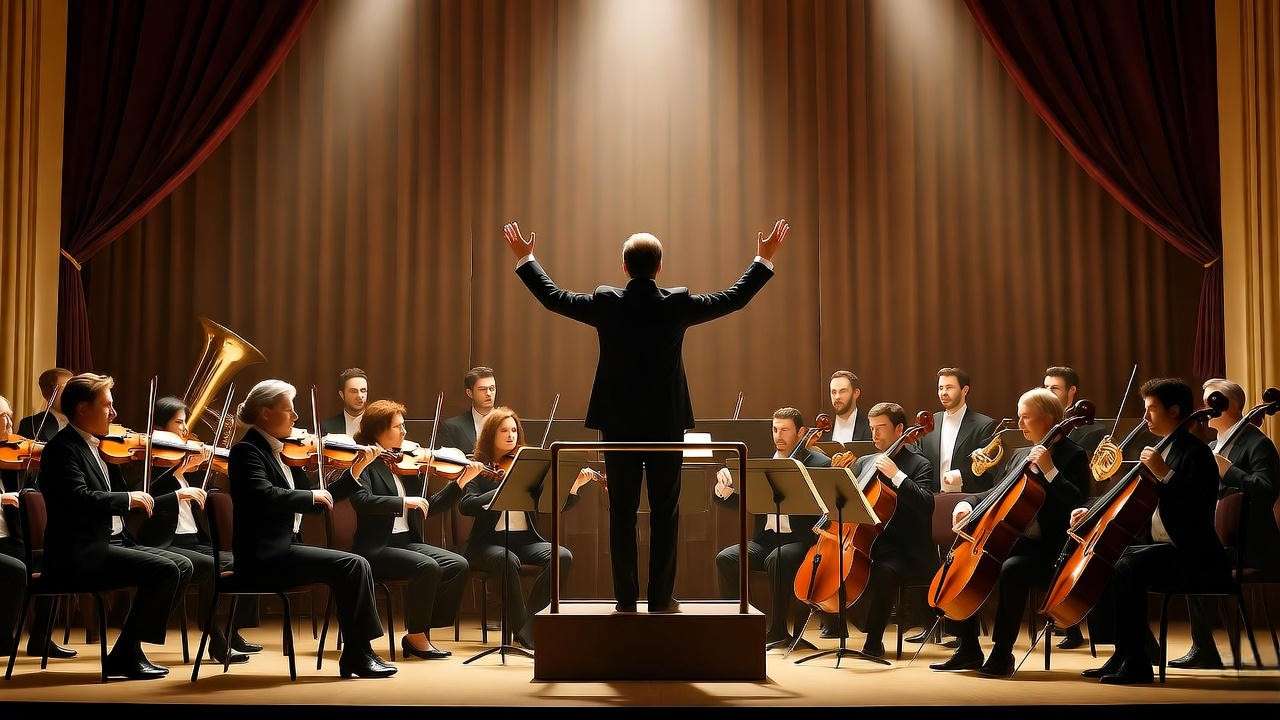
Barber’s Musical Style and Orchestration
Barber’s compositional style in Antony and Cleopatra is a testament to his mastery of emotional storytelling. His use of chromatic harmonies and rich orchestration creates a soundscape that mirrors the story’s volatility. The opera opens with a sweeping overture that sets a tone of grandeur, while subtle woodwind passages underscore intimate moments between the lovers. During the Battle of Actium, the orchestra erupts in chaotic, percussive energy, reflecting the collapse of Antony’s military ambitions. Musicologist Barbara Heyman notes that Barber’s score “weaves a tapestry of sound that elevates Shakespeare’s text into a universal language of emotion,” making it a standout in 20th-century opera.
Key Musical Moments
Several musical moments define the opera’s emotional arc. Cleopatra’s “Give me my robe” aria is a highlight, with its soaring melody capturing her regal defiance and tragic acceptance of death. Antony’s lament in Act II, accompanied by mournful strings, conveys his despair with raw intensity. The duet between Antony and Cleopatra in Act I, where their love is first declared, blends lyrical beauty with underlying tension, foreshadowing their doomed fate. For those new to the opera, listening to the 1983 revised version, available through recordings like the Spoleto Festival USA performance, offers a more streamlined and impactful experience.
Staging and Visual Spectacle
Franco Zeffirelli’s Vision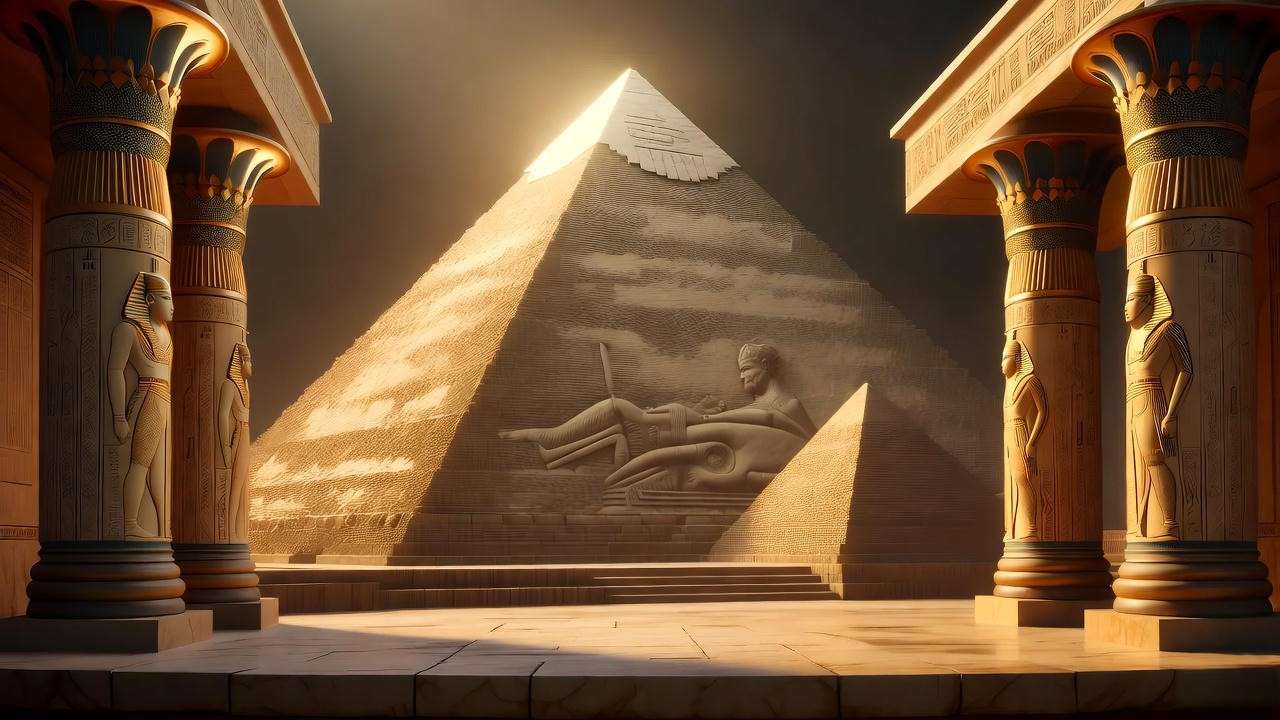
Franco Zeffirelli’s direction for the 1966 premiere was nothing short of spectacular. His sets, inspired by ancient Egyptian and Roman aesthetics, featured golden pyramids and towering columns, immersing audiences in the story’s exotic locales. Costumes were equally lavish, with Cleopatra’s gowns evoking both sensuality and royalty. However, the grandeur sometimes overwhelmed the music, as noted in contemporary reviews. The New York Times described the production as “a visual feast that occasionally overshadowed Barber’s score,” highlighting the challenge of balancing spectacle with substance. Zeffirelli’s vision set a high bar for future productions, cementing the opera’s reputation as a visual and musical tour de force.
Modern Interpretations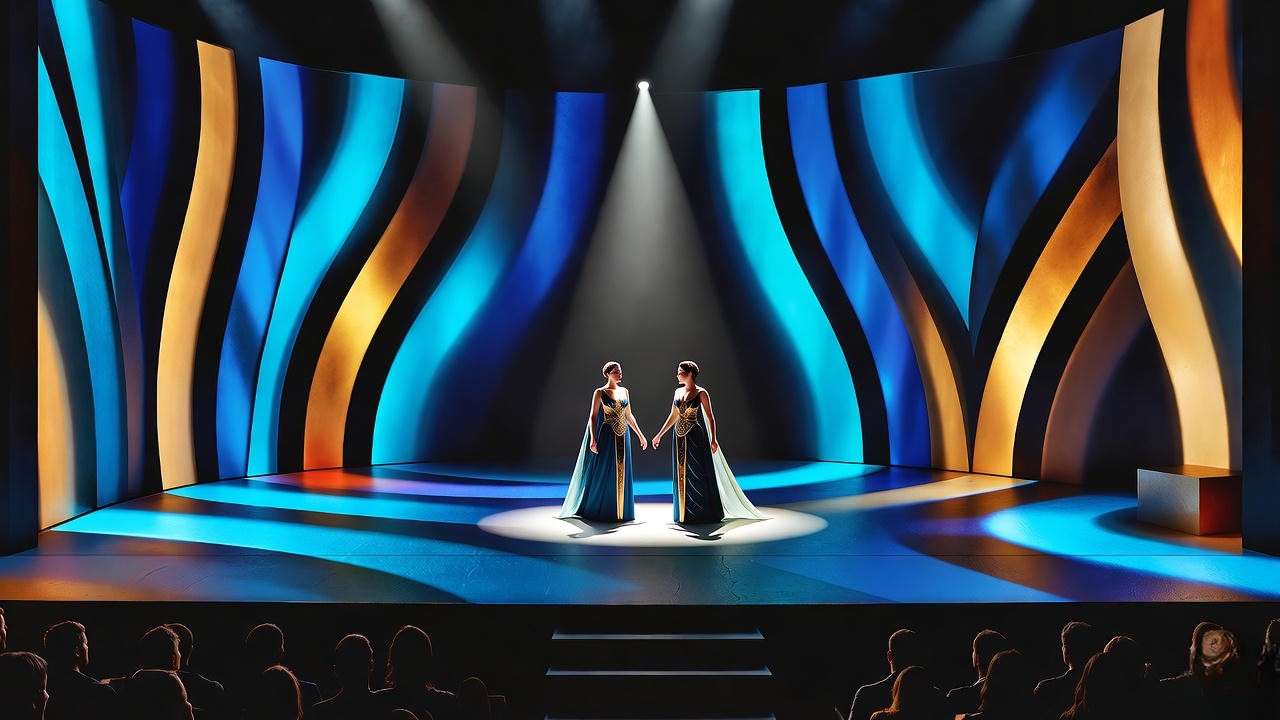
Contemporary productions have taken diverse approaches to staging Antony and Cleopatra. The 2022 San Francisco Opera production, for instance, opted for a minimalist aesthetic, using lighting and abstract sets to emphasize the characters’ emotional journeys. Other directors have leaned into digital projections to recreate the Battle of Actium or Cleopatra’s opulent court. These varied interpretations keep the opera fresh, appealing to modern audiences while honoring its Shakespearean roots. For those interested in experiencing this spectacle, check major opera houses like the Met or San Francisco Opera for upcoming performances.
Critical Reception and Legacy
Initial Reception and Challenges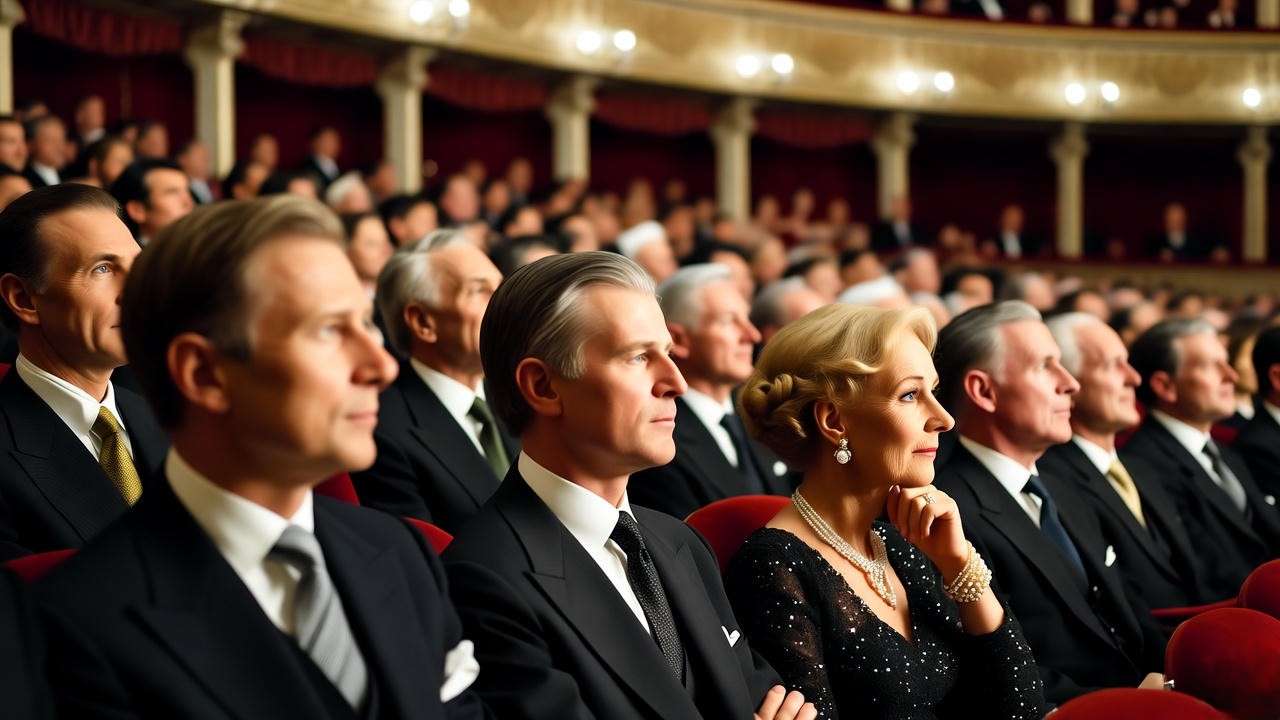
The 1966 premiere of Samuel Barber’s Antony and Cleopatra opera at the Metropolitan Opera was a highly anticipated event, but it met with mixed reviews. Critics praised Barber’s lush score and the production’s visual splendor, but some felt the opera was overly ambitious, with a runtime that stretched beyond three hours and a libretto that struggled to streamline Shakespeare’s sprawling narrative. The New York Times critic Harold Schonberg noted, “Barber’s music is undeniably beautiful, but the opera’s scope occasionally overwhelms its emotional clarity.” Technical issues, such as cumbersome set changes, also detracted from the experience. In response, Barber revised the opera in 1983 for a production at the Spoleto Festival USA, tightening the libretto and refining the pacing. This revised version was widely praised, with critics lauding its emotional coherence and accessibility, cementing its place in the operatic repertoire.
Enduring Impact on Opera and Shakespeare Studies
The Antony and Cleopatra opera holds a unique place in both American opera and Shakespearean adaptations. Unlike Verdi’s Otello or Britten’s A Midsummer Night’s Dream, which lean heavily on operatic conventions, Barber’s work bridges the gap between Shakespeare’s poetic language and modern musical expression. Its influence is evident in how later composers, such as John Adams, approached literary adaptations with a focus on emotional authenticity. For Shakespeare scholars, the opera offers a fresh perspective on the play’s themes, particularly its exploration of love as both a personal and political force. Today, the opera is studied in musicology and literature courses, with institutions like Juilliard and Oxford referencing it as a landmark adaptation. Its ability to resonate with audiences underscores its lasting relevance, making it a vital part of the Shakespearean operatic canon.
Why the Antony and Cleopatra Opera Matters Today
The Antony and Cleopatra opera remains profoundly relevant, speaking to universal themes that transcend its historical setting. The tension between love and duty, as depicted in Antony and Cleopatra’s relationship, mirrors modern struggles in balancing personal desires with professional or societal obligations. The opera’s portrayal of power dynamics—whether between lovers or rival nations—resonates in today’s world of political polarization and global conflicts. For example, Cleopatra’s navigation of her identity as a female leader in a male-dominated world offers insights into contemporary discussions of gender and leadership.
For opera newcomers, the Antony and Cleopatra opera is an accessible entry point due to its familiar Shakespearean narrative and emotionally charged music. Seasoned Shakespeare enthusiasts, meanwhile, will appreciate how Barber’s score deepens the play’s emotional stakes. To engage with the opera, consider listening to the 1983 Spoleto Festival recording, available on platforms like Spotify or Naxos, or exploring study guides from opera companies like the Met. Attending a live performance, when possible, offers an unparalleled experience, blending music, drama, and visual artistry into a cohesive whole.
FAQs
What makes the Antony and Cleopatra opera different from Shakespeare’s play?
The opera condenses Shakespeare’s text into a focused libretto, emphasizing the emotional and musical amplification of the love story and political drama. Barber’s score adds a layer of emotional depth, with arias and orchestral passages that enhance the tragedy’s impact.
Is the opera suitable for someone new to opera?
Absolutely. The familiar Shakespearean narrative makes it approachable, and Barber’s lyrical music is engaging even for novices. Start with key arias, like Cleopatra’s “Give me my robe,” to ease into the experience.
Where can I watch or listen to the Antony and Cleopatra opera?
Check for recordings on platforms like Spotify, Naxos, or the Metropolitan Opera’s archives. Live performances may be scheduled at major opera houses like the Met, San Francisco Opera, or Lyric Opera of Chicago—verify schedules on their websites.
How does Barber’s opera compare to other Shakespearean operas?
Compared to Verdi’s Otello, which focuses on intense psychological drama, or Britten’s A Midsummer Night’s Dream, with its whimsical tone, Barber’s Antony and Cleopatra balances grandeur with intimacy, offering a uniquely American take on Shakespeare.
Samuel Barber’s Antony and Cleopatra opera is a masterful reimagining of Shakespeare’s epic tragedy, weaving together music, drama, and visual spectacle to capture the passion and heartbreak of its titular lovers. From its ambitious 1966 premiere to its refined 1983 revision, the opera has proven its staying power, offering audiences a chance to experience Shakespeare’s story through a new artistic lens. Its exploration of love, power, and human complexity resonates as strongly today as it did in Shakespeare’s time, making it a must-experience work for opera and literature fans alike. Dive into a recording, attend a live performance, or explore related articles on the William Shakespeare Insights blog to deepen your appreciation. As Barber’s music reminds us, the story of Antony and Cleopatra is a tragedy as timeless as it is unforgettable.

